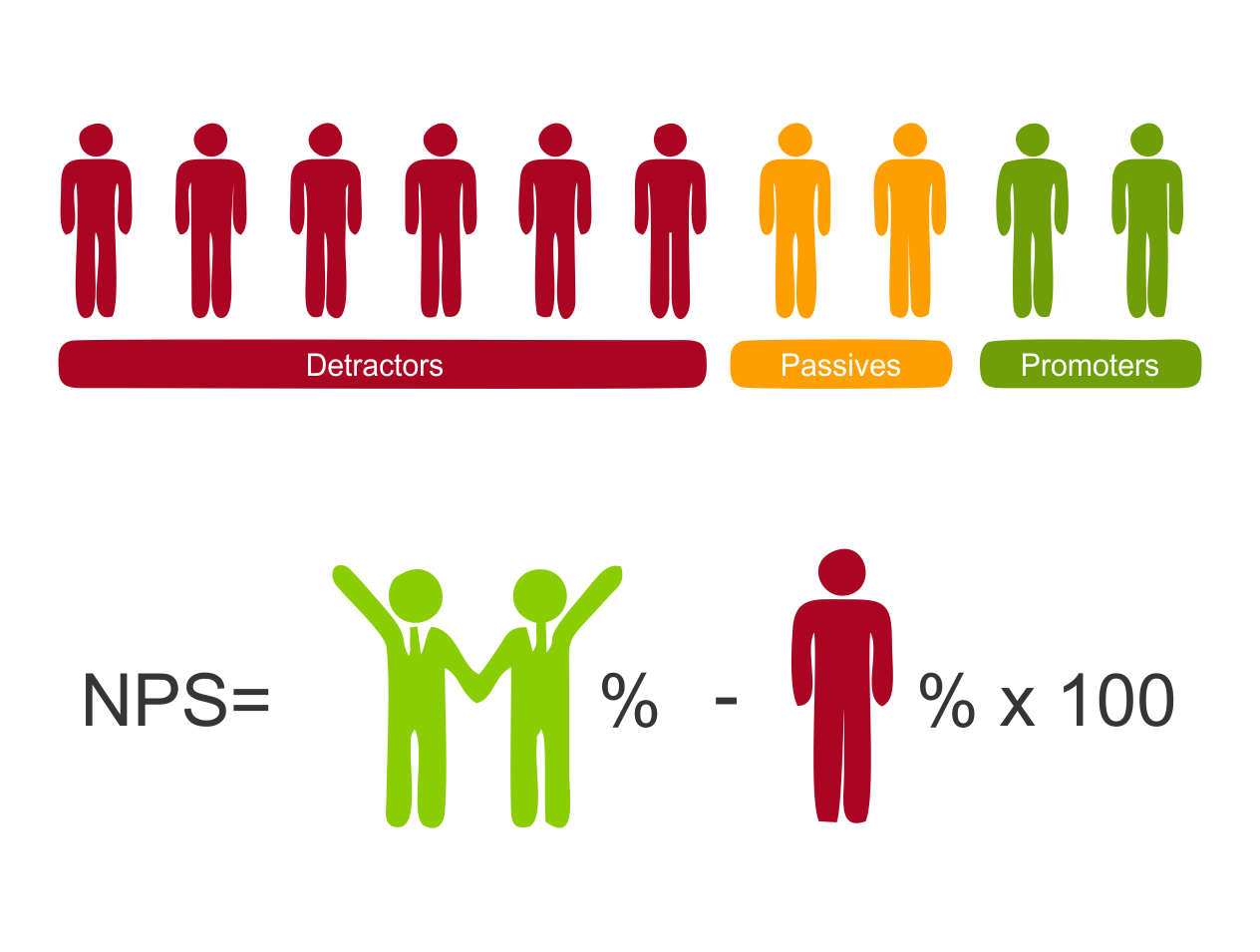An elderly healthcare startup utilized principal component analysis to identify factors impacting NPS.
The elderly healthcare startup is currently operating in three metros in India. They plan to ramp up operations and launch their services in 12 more cities. This required investing in technology to create scalable systems. Their current net promoter score (NPS) methodology was very manual – using staff to collect the surveys from their clients, compiling the responses in an excel sheet and then computing the NPS and reporting them by different demographics.
Drivers of Net Promoter Score (NPS)
Net Promoter Score is a simple measure. To generate insights on what is driving the NPS, the client turned to us for a quantitative analysis of the questions and the scores.
- Created a composite NPS by combining patient and attendant responses
- Ease of booking a caregiver was the single biggest driver of NPS
- What-if simulator to test scenarios and their impact on NPS
With the help of principal component analysis (PCA) – we identified the key drivers of NPS and what the client needs to do to boost NPS.
Aggregating scores and identifying drivers
Whenever a purchase of product or utilizing a service is required, prospects turn to immediate friends and family for recommendations. And going by research and general sense, people are inclined to talk about their negative experiences more often than the positive ones.
The purpose of NPS is to generate a benchmark to Identify how likely a customer is to recommend the product or services from a provider.
The elderly care startup client was already using NPS to as a benchmark for their service quality. As they were ramping up operations, they wanted two things in the NPS measurement process. The first was to generate scores and reports at multiple reporting levels and hierarchies.
The second was to identify the drivers of NPS and using the results to focus on the right drivers.
What-if simulator for NPS
NPS was being used by the client to evaluate their quality of service and measure the loyalty of existing customers.
One challenge with the client business was the complexity of identifying the customer. The service was generally utilized by an elderly patient. However, the payments were generally being made by children or some other relative. It was difficult to identify the promoter with a high degree of confidence.
We therefore recommended using two questionnaires – one focused on the attendant and the other one on the patient. Natural language based text analysis was used to identify the drivers, and the scores were mapped against each. A composite score was developed by combining the attendant and patient responses.




